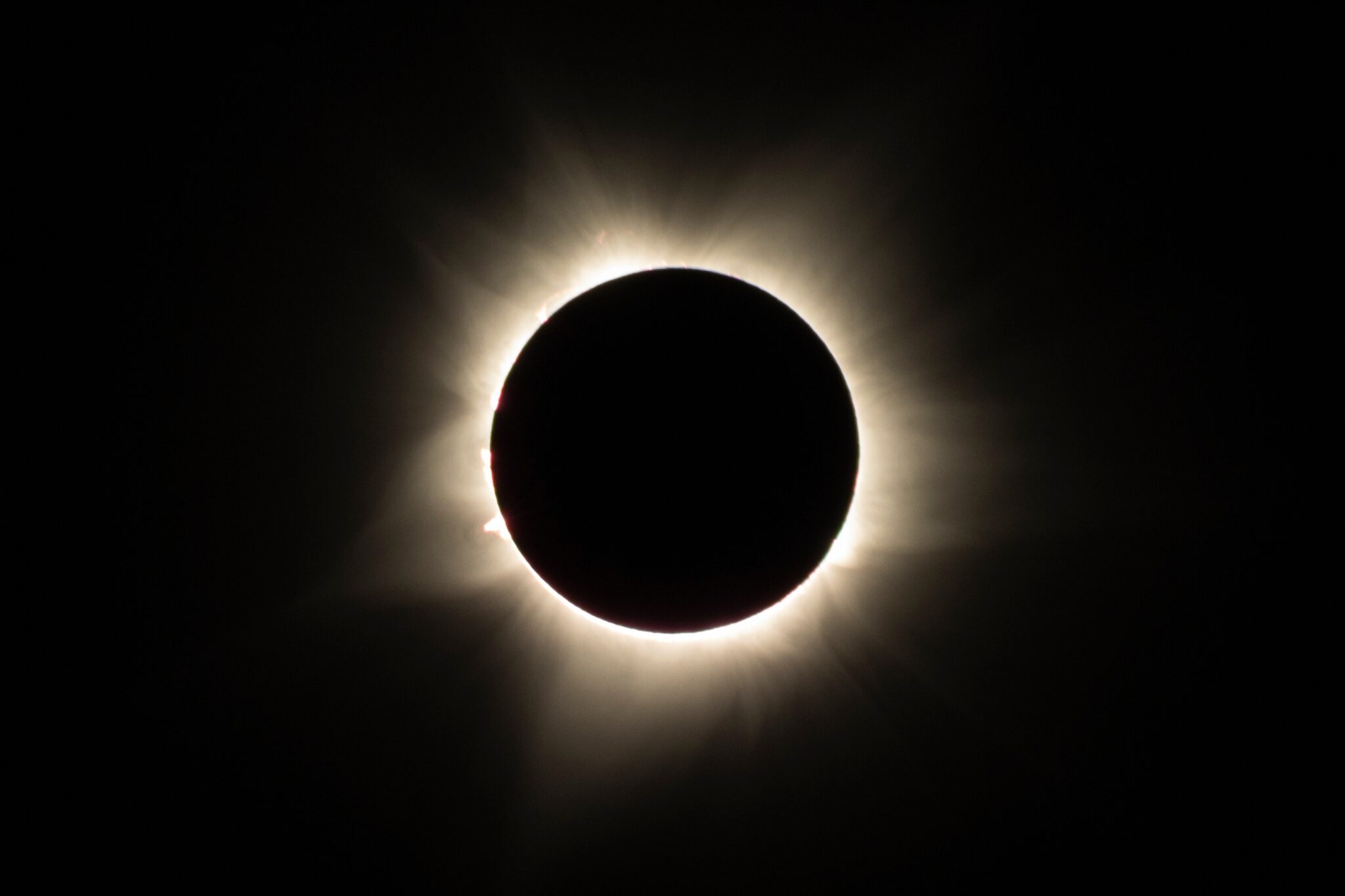Did the solar eclipse reduce distracted driving?

As people across the United States looked up to the heavens during the solar eclipse this Monday, there was an unexpected result down on Earth. During the 10 minutes around the totality, distracted driving dropped. Phone motion, where the driver is handling their phone, fell by 4.9% compared to the same time frame on March 25, the Monday two weeks earlier. Screen interaction, where the driver is tapping their phone screen to text, check social media, change a song, and more, fell by 8%. Speeding also fell by 7.1%.

To conduct the analysis, CMT created a bounding box around the path and time of the eclipse and measured 150,000 trips within the area. Trips for this analysis happened 5 minutes before and after the totality.

While distracted driving fell during the totality, it rose afterwards. As the sun emerged from hiding behind the moon and people drove to what came next, distracted driving jumped significantly, rising 17%. As a result, hard braking increased as well, surging 22%.
We’ve seen this kind of result before with large cultural events. The Super Bowl had a similar impact on distracted driving. It fell by 5% during the game itself, but quickly rose afterward.
As the media reported and local leaders warned leading up to the eclipse, many people traveled long distances to find a good spot to watch the totality. Their journeys show up in the data.

What we find is that people took more long-distance trips this Monday than March 25, two Mondays ago. This indicates that people were traveling longer distances to see the solar eclipse. For every mile marker above 50 we see more than a 25% increase in trips. For example, there were 49% more trips over 100 miles on eclipse Monday than there were two weeks ago. The biggest distance surge was 350 miles, which increased by 62%.
These kinds of insights weren’t available for the last solar eclipse in the US, back in 2017. But today, with the scale of driving data that CMT has, we’re able to provide visibility into how national events impact driving behaviors, like the national alert in October 2023, and now the solar eclipse. We know that during the last solar eclipse there was a 31% increase in road fatalities, leading to 46 deaths. We now have insight into the behaviors that impact those crashes, with a big surge in distracted driving and hard braking after the event.